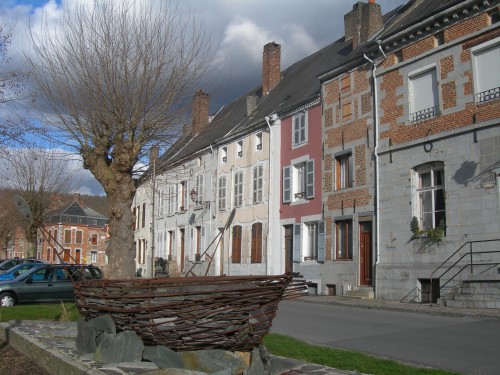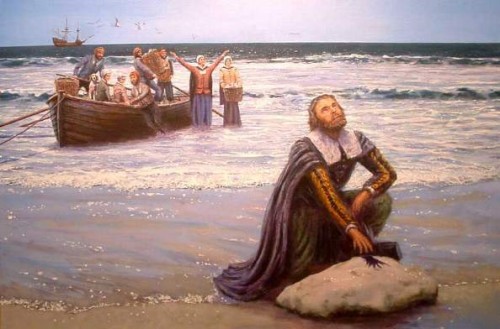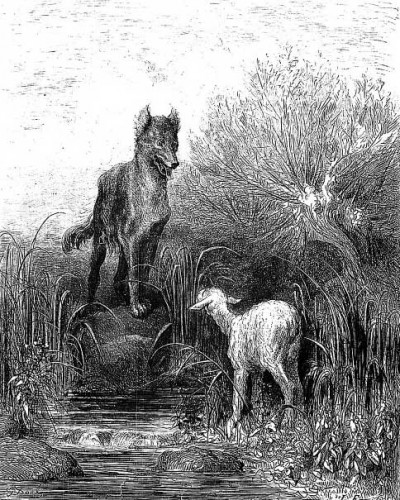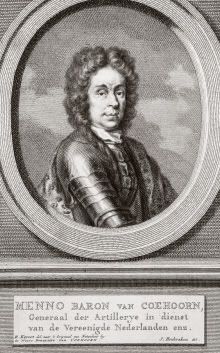Edmund Morgan
American Slavery, American Freedom: The Ordeal of Colonial Virginia
New York: W.W. Norton, 1975
Jill Lepore
The Name of War: King Philip’s War and the Origins of American Identity
New York: Vintage, 1999
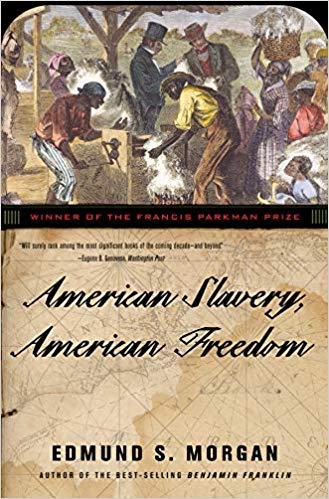
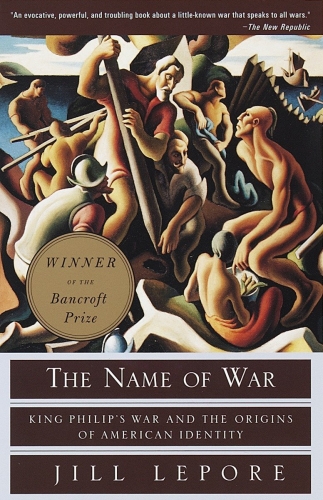
The Dissident Right must take back American history. Conservatives envision our nation’s history as a giant expansion of liberty. Their idea of the founding is bunch of guys getting together to fight for abstract ideas–race and ethnicity played no role in it. America is great because we overcame race and ethnicity. What unites us is our “ideas.”
This view is also shared by most liberals, with the difference that they admit race and ethnicity shaped American history. America’s history is one of overcoming racism on the path to progress.
Leftists believe America was founded on white supremacy, and we must uproot this virus at the core of America to achieve progress. Leftists, unlike conservatives and liberals, believe it is impossible to separate the founders from white supremacy. Leftists don’t see America as fundamentally good, but it can be made good with through subversion.
Many reactionaries condemn America’s founding as a “Judeo-Masonic” plot or an egalitarian horror. America has always been evil and it must be destroyed to bring about the Catholic (or Evropean) imperium. This is an autistic view that many on the Dissident Right have embraced. It may make sense to some Europeans, but it dooms American identitiarians to irrelevance.
The Dissident Right’s view that America was founded by and for whites (and that’s a good thing) is rarely heard. The Left’s view somewhat mirrors ours, but it’s buried under claims that race is a fiction and non-whites actually built this country. The Left also thinks it’s a terrible thing that the Founders wanted a white country.
The history we’re force-fed at school upholds the prevalent liberal view. America was founded on the ideas of equality and liberty (and possibly diversity, too). America is a nation of immigrants. Non-whites helped found this country. Check out Crispus Attucks! Most Americans can tell you more about marginal non-white figures like Harriet Tubman than integral heroes like Andrew Jackson.
The Dissident Right must tell the (correct) identitarian view of the country. America was founded by Anglo and Anglicized white men and is rooted in European traditions and culture. Settlers and conquerors founded America, not “immigrants.” Non-whites were either unimportant or opposed to the founding. There are plenty of heroes for our cause we can find from our past, all of them more important than Harriet Tubman.
One year stands out in our colonial heritage: 1676. This year witnessed Bacon’s Rebellion, a populist revolt against a corrupt elite that coddled racial aliens, and concluded King Philip’s War, a race war that dispelled New Englanders of their integration delusions. The two, largely forgotten conflicts shaped our identity as a white country.
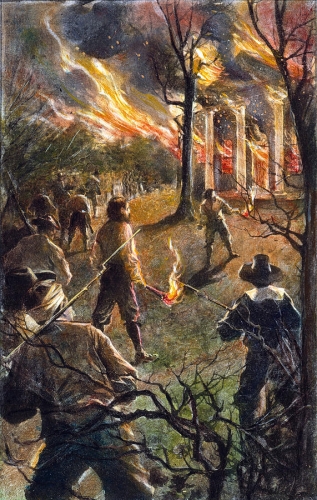 Edmund Morgan’s American Freedom, American Slavery and Jill Lepore’s The Name of War unintentionally provide identitarian accounts of their subjects. Both books won prestigious awards, and liberals continue tout them as classics. Morgan’s book examines the settling of Virginia and how the presence of non-whites influenced republicanism and American identity. Lepore’s book is a cultural and social history of King Philip’s War. Both works are written from a liberal perspective and mainly view whites as bad and non-whites as good. (Lepore’s book less so than Morgan’s.) Each book reveals that racial conflict shaped America.
Edmund Morgan’s American Freedom, American Slavery and Jill Lepore’s The Name of War unintentionally provide identitarian accounts of their subjects. Both books won prestigious awards, and liberals continue tout them as classics. Morgan’s book examines the settling of Virginia and how the presence of non-whites influenced republicanism and American identity. Lepore’s book is a cultural and social history of King Philip’s War. Both works are written from a liberal perspective and mainly view whites as bad and non-whites as good. (Lepore’s book less so than Morgan’s.) Each book reveals that racial conflict shaped America.
The central point of American Freedom, American Slavery is in its title. Morgan argues American freedom was possible due to slavery. He claims whites were able to see themselves as equals because they were all superior to black slaves. The author argues anti-black racism was promoted by the elite to control the white lower classes, a cliché that imagines whites and blacks would rise together to build a more egalitarian society if weren’t for racial manipulation. In contrast to Winthrop Jordan’s Bancroft Prize-winning White Over Black, Morgan insinuates the English colonists initially didn’t view the blacks as much different. The English allied with runaway slaves against the Spanish in raids on Panama, and lower-class whites were not overtly hostile to blacks in Virginia prior to the late seventeenth century. Therefore, Morgan concludes “racism” was an elite invention. It’s no surprise American Freedom, American Slavery is one of Ta-Nehisi Coates’s favorite books.
It’s a preposterous theory debunked by White Over Black, which argues the English always viewed the blacks as an “Other.” Morgan’s view on anti-black racism is also belied by his more honest coverage of English-Indian relations. The English demonized the Spanish for their treatment of Amerindians and initially styled themselves as the Indians’ protectors. This opinion was quickly dashed upon interaction with the native Virginians. The Indians and the English would occasionally cooperate, but both sides viewed each other with suspicion and fear. Some English idealists proposed joint communities with the Virginia Indians; both the English and the Indians rejected that idea. The legendary John Smith proposed a different path of conquering and subduing the Indians à-la Hernan Cortez. Smith saw diplomacy with the tribes as a sham and was disgusted that English leaders would treat Indian chiefs as equals. His view was shared by most colonists.
Plans for integrated communities were dispelled by the Powhatan massacres of 1622. The Powhatan slaughtered nearly 350 Jamestown colonists, sparing neither women nor children. In a cruel twist of fate, George Thorpe, one of the main advocates of integrated communities, was among those murdered. The attack shocked the community of roughly 4000 settlers and made the English view their non-white neighbors as mortal enemies. There was no more entertainment of integrated communities.
Leading military expeditions against the Indians was the easiest way for colonial leaders to gain support from the people. Sir William Berkeley, who served as royal governor from 1642 to 1677, gained popular support through Indian fighting in the 1640s. In old age, however, Berkeley tried to keep the colonists from antagonizing the Indians.
Seventeenth-century Virginia was a place where life was nasty, brutish, and short for most of the population. The colony depended on indentured servants to work the fields, and many men signed up for this daunting labor in the hopes of one day owning their own land. But if they survived the seven or so years of servitude, their options for land were extremely limited. The best land, safe from Indian incursions, was hoarded by the elite. The land further west was less attractive, mostly due to the frequency of Indian attacks. Governor Berkeley ordered that colonists not expand into Indian territory to not antagonize the tribes. This policy was intended to keep the peace (and protect the elite’s interests), but all it did was inflame social tensions.
Berkeley and his allies ruled Virginia in their own interests and kept down their fellow white men. A challenge to this order came from a fellow aristocrat, Sir Nathaniel Bacon. Bacon arrived shortly before 1676 and was appointed to the governor’s council not long after he stepped onto American shores. Bacon saw most of the colony’s elite as greedy upstarts who lived off the public charge. His pedigree was second only to Berkeley in the colony. The young noble settled further away from Jamestown and closer to the Indian tribes. The Indians constantly threatened his property and that of his fellow high-born neighbors. Servants were murdered, and crops were stolen.
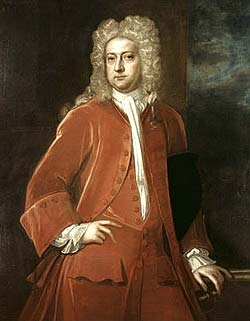
Sir William Berkeley
Lower-class freemen in the area advocated for a military excursion against the Indians. Bacon came to lead them in 1676. The young noble—not even 30 at the time—roused popular support for war against their savage neighbors. Berkeley opposed this move, but initially acceded to the request. However, he and his allies eventually felt Bacon exceeded his commission and declared him in rebellion. Open conflict was not immediate as Bacon continued to plead for a legal commission to fight the Indians. In one dramatic episode, Berkeley bared his chest to Bacon and his supporters when they arrived in the colony’s capital, Jamestown. Berkeley dared Bacon to strike him down in the public square. Bacon refused and simply re-emphasized his request for a commission.
Conflict eventually erupted, and Bacon got the upper hand. He forced Berkeley and his forces to flee from Jamestown and nearly gained control of the entire colony. However, Bacon succumbed to dysentery at the rebellion’s peak, and his movement crumbled after his death. Berkeley regained control of the colony with reinforcements from England and promptly took revenge on the rebels. Dozens were executed, and many more suffered property confiscation at the hands of the victorious party.
English authorities were appalled by the reprisals and recalled Berkeley to the homeland. His successors made changes to assuage the disaffected colonists. One of these changes was replacing indentured servants with black slaves. After 1676, black slaves came in far larger numbers to Virginia, and the colony implemented race laws to accommodate the new situation.
Bacon’s Rebellion was a precursor to the American Revolution. Both were populist revolts to defend the interests of the common white man. Like the American Revolution, ordinary colonists rose up against a corrupt elite that cared more about its own interests than that of fellow white men. Colonials rose up in 1775 due in part to the British Empire restricting their movement westward, Virginians rose up in 1676 because colonial authorities restricted their movement westward. Both conflicts were animated by hostility to racial aliens who were protected by the elite, even though they constantly preyed on whites.
Nathaniel Bacon makes for a good Dissident Right hero. He was a charismatic noble who defied his own class to defend the ordinary white man against non-white savages. As Morgan notes, his rebellion was not one for an egalitarian utopia or a radical breach from tradition. It merely sought to advance the interests of the ordinary English landowner.
At the same time Bacon led his Rebellion, New England was in the second year of a war for survival. King Philip’s War was a Wampanoag-led war of extermination against the English colonists of the Northeast. King Philip refers to the Wampanoag sachem (chief) Metacom, whom the colonists dubbed King Philip. The war began after three prominent Wampanoags were hanged for the murder of a Christian Indian who aided the colonists. The event ignited the simmering tensions between Metacom’s Indian confederation and the New Englanders.
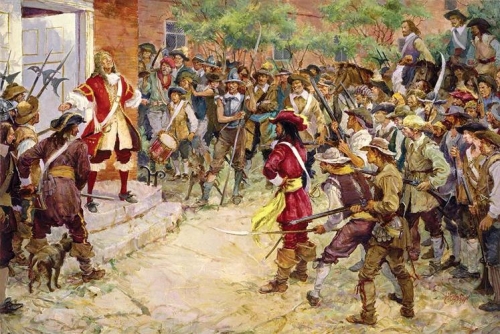
The Name of War is not a narrative history of the war but an analysis of its cultural and social effects. You won’t get a good sense of the battles and the military strategy, but the reader will understand how both sides viewed the war, the enemy, and themselves. The war sharpened the identities of both combatants, both of whom saw themselves the opposite of the “Other.”
The war was particularly brutal. The Indians’ goal was to drive the English into the sea by any means necessary. Indians slaughtered hundreds of women and children and relished in the torture of captured colonists. These tortures ranged from flaying to burying captives alive. Lepore recounts how Indians enjoyed burying colonists alive in order to mock their agricultural practices. The Indians made sure to leave grisly mementos for the New Englanders, including mutilated bodies left nude, signaling that the savages were trying to strip the Englishmen of their dignity and identity. (The English colonists saw their clothing as a mark of difference between them and the Indians.) Lapore writes that the hostile Indians particularly targeted marks of English identity. They destroyed churches and ripped up Bibles to show their opinion of the faith the colonists wished to impose on them. They were especially cruel to Indian converts, seeing them as traitors to their native ways.
The war was a rejection of any attempts to mix peoples together, and a racial identity soon emerged among the English colonists. Prior to the war, many of the New Englanders hoped to transform the Indians through Christianity. They primarily saw the Indians as primitives who just needed the Gospel to assimilate to civilization. Some Indians did convert, but most stayed loyal to their own folkways. The war disabused the English colonists of these notions. The Indians were now viewed as unassimilable racial aliens. The colonists realized that Puritan Christianity could not turn Indians into Englishmen—they were too inherently different.
Like the Virginians, they had their own Indian sympathizers. But, unlike in Virginia, they were motivated more by radical Christianity than greed. Roger Williams, the founder of Rhode Island, was a long-time friend to Indians. He dissuaded his fellow colonists from attacking the Narragansetts in 1654 because it would undermine their missionary efforts. The Narragansetts joined the Wampanoags in slaughtering the English 20 years later. Even at the height of the war, Williams pandered to the Indians and tried to negotiate with them. The Indians rejected Williams’s overtures, saying it was impossible to have peace with people who took their land. Williams watched as the Indians he loved burned his city, Providence, to the ground. All his benevolence literally turned to ash at the hands of those he saw as brothers. For the Indians did not see him as a brother.
The war wiped out dozens of English towns and villages and left hundreds of Englishmen dead. The losses were greater on the Indian side. It’s considered America’s bloodiest war per capita. Nearly all of the 80,000 New England colonists were affected by the war, and many were traumatized by it for the rest of their lives.
The war turned in the colonists’ favor when the Mohawks went to war against Metacom’s alliance in 1676. He had hoped to include them in his confederacy, but the Mohawk’s hatred for the Wampanoag won out. The Mohawk attacks forced Metacom’s confederacy into the arms of the colonists, and eventually he was killed by the English in August of 1676. The war petered out with the death of its leader.
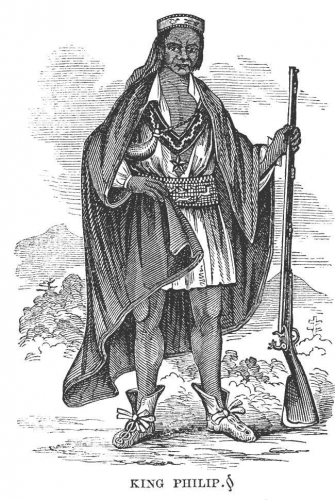
Memory of the war initially solidified New Englanders’ hostility toward the Indians. Many had memories of family members gleefully butchered by those they once saw as neighbors. It was agreed the Indians were not to be included the New Englanders’ body politic. Over time, and with the Indians slowly disappearing from the region, New Englanders began to romanticize their former neighbors. A popular 19th-century play, Metamora, portrayed a glorified version of Metacom, and northern audiences often sympathize with his cause. Their ancestors may have fought Metacom, but they now saw him as a hero. However, as Lepore writes, the play did not go over well in regions where savage Indians were not a thing of the past. Like white liberals of today, the New Englanders of the early 1800s idolized the non-whites they didn’t have to live around.
Both books correct false notions of English-Indian relations. The Thanksgiving myth of the pilgrims and Indians coming together to build American society is just a fairy tale we tell children. The image of the peaceful Indian being wiped out by the racist colonist is also a myth. 1676 proved that two fundamentally different societies—sharing neither language, faith, culture, history, or, most importantly, race—could not live peacefully by each other. Only one people could live in the land settled by the colonists, according to both the English and the Indians. Like today, the leaders of that time tried to avoid the inevitable. Some coddled the Indians for profit, others out of a sense of Christian idealism. In the end, war came, and the delusions were erased by blood.
In 1676, the majority of colonists understood that the land was meant for whites. Integrated communities were dangerous, as George Thorpe and Roger Williams learned the hard way. It was better to build a society based on shared culture, language, and race. America’s Founders knew these lessons, and the violent colonial past informed their actions and notions.
Our forefathers did not come to America for refuge. They came to conquer a wilderness that wanted them dead—and they succeeded.



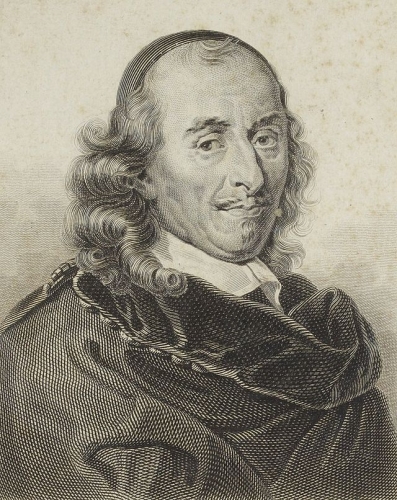
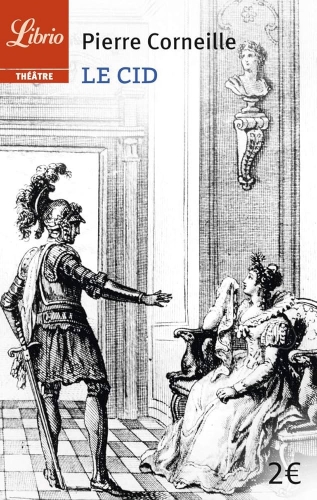
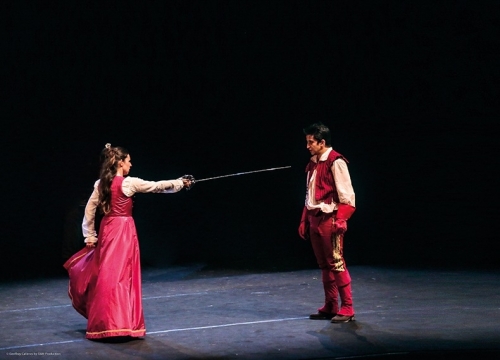
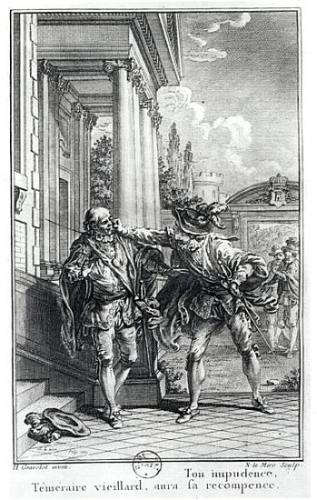
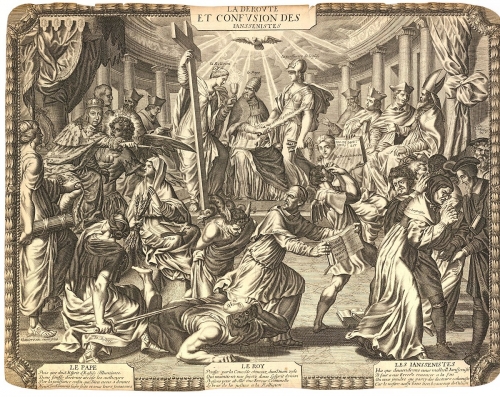

 del.icio.us
del.icio.us
 Digg
Digg
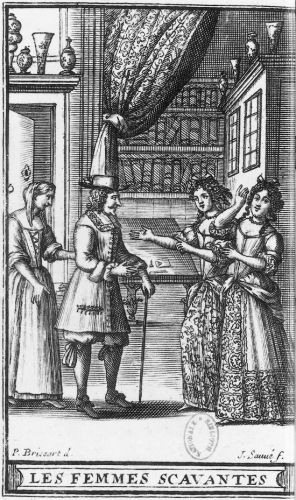


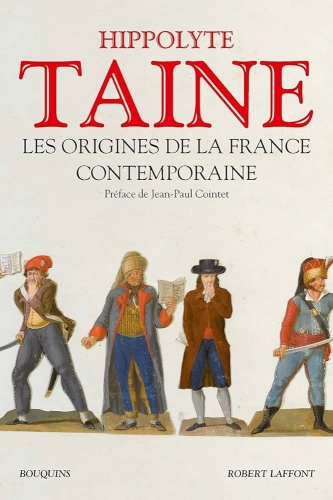
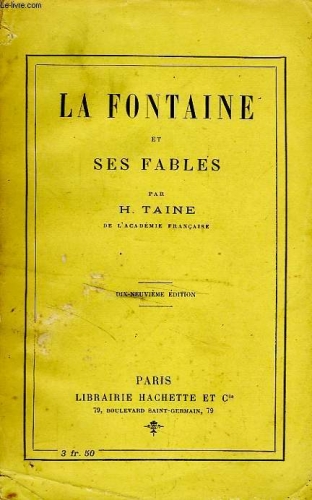
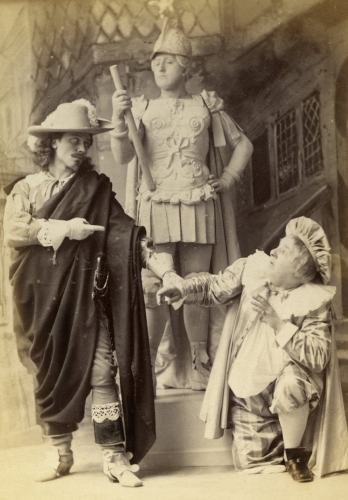
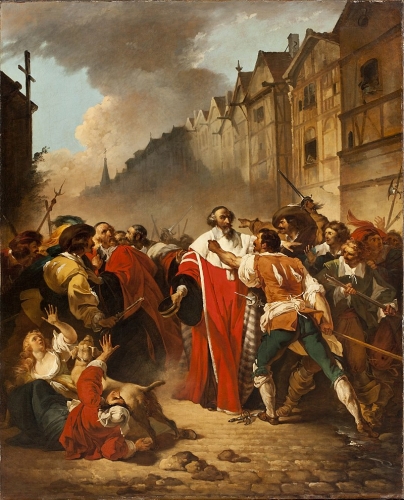
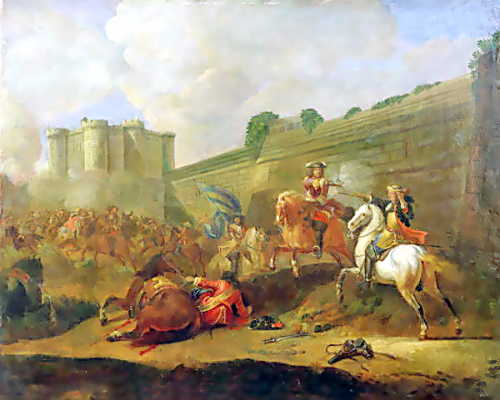
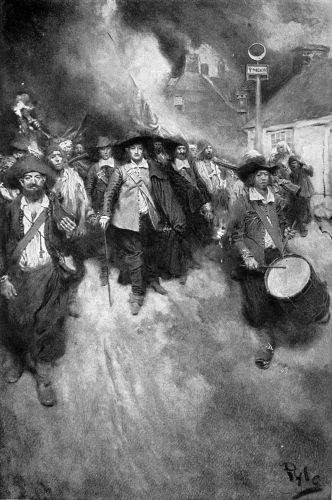
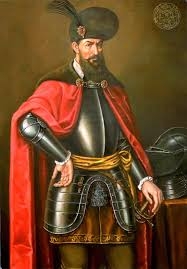
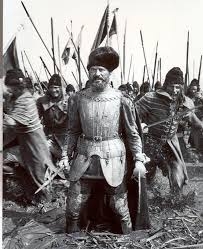
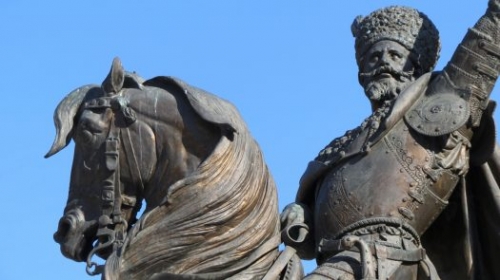
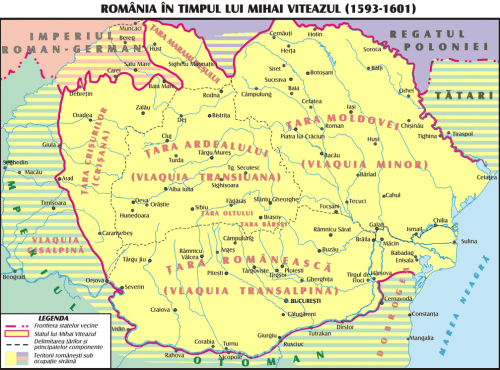
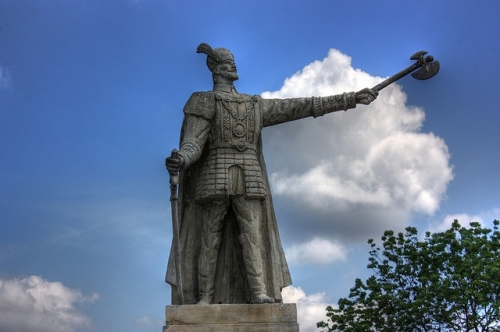
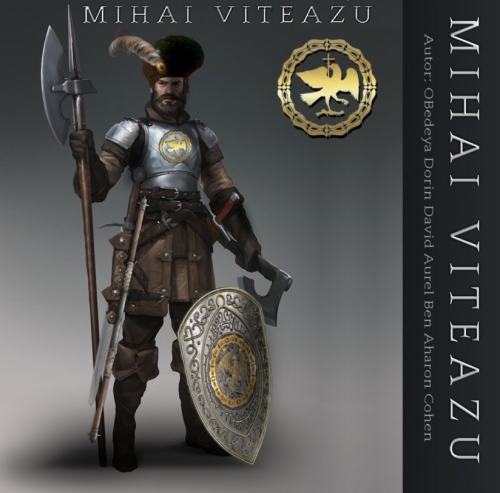
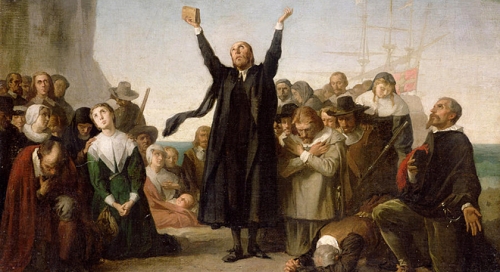
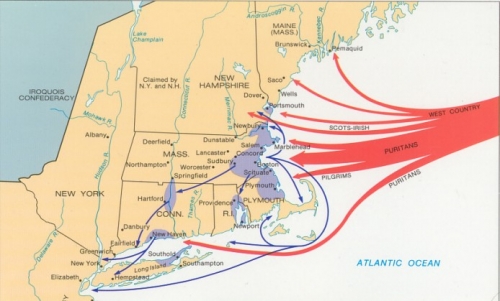
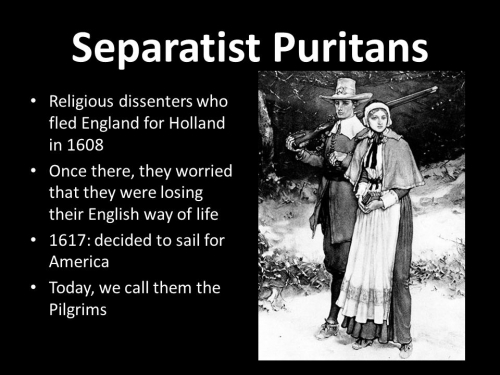

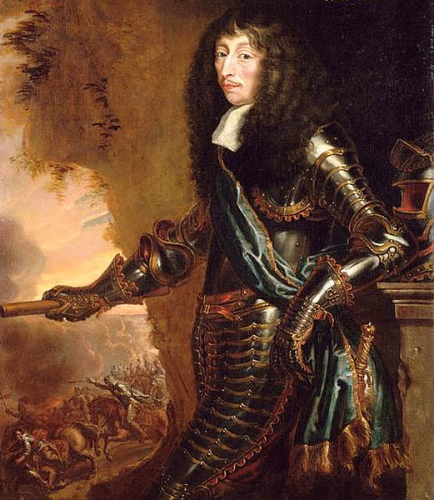
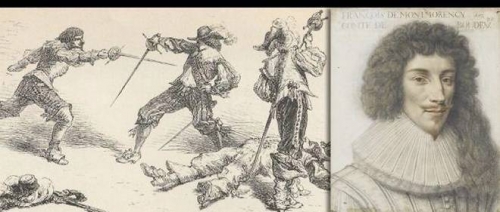
 La révolte poétique sera l’expression d’un refus de cette expression culturelle de la Raison d’Etat. Les champions en seront, dans le domaine théâtral, Hardy, le grand Corneille lui-même, avant qu’il ne se convertisse aux règles, et en poésie, Régnier, anti-conformiste, individualiste original, Théophile de Viau, libertin converti, qui, bien que « moderniste », avait toujours sous sa plume le mot de « franchise », mort à 36 ans après avoir été mis au cachot par les cagots, Boisrobert, sévère pour un siècle voué à l’argent, Saint-Amant, La Ménardière, qui célébra « le grand Ronsard », le concettiste Tristan… Tous ces écrivains sont des êtres de plein air, des amants de la liberté, de la libre expression de soi, sans laquelle il n’est pas de noblesse. Même Sorel, le satirique qui ne l’aimait pas, louait « l’âme véritablement généreuse ». (1) Et il n’est pas d’auteur exprimant mieux cette aspiration qu’Honoré d’Urfé, qui a donné à la France l’exquis roman pastoral L’Astrée, qu’il situe dans le Forez, au milieu des bergers et des druides. Rien de plus étranger à l’ancien ligueur catholique que la médiocrité. Il prône une éthique platonicienne, fondée sur l’amour, le sublime, l’enthousiasme, la générosité, tous mouvements de l’âme et du cœur qui portent le fini vers Dieu. Honoré d’Urfé, c’est l’anti-Descartes, le négateur de l’esprit géométrique. Racan le suivra dans ses Bergeries, célébrant l’âge d’or. Mais l’Astrée est une utopie dans un siècle qui s’adonne à l’intérêt, à l’utilité, à l’ambition calculée, à la ruse, à la mathématique appliquée.
La révolte poétique sera l’expression d’un refus de cette expression culturelle de la Raison d’Etat. Les champions en seront, dans le domaine théâtral, Hardy, le grand Corneille lui-même, avant qu’il ne se convertisse aux règles, et en poésie, Régnier, anti-conformiste, individualiste original, Théophile de Viau, libertin converti, qui, bien que « moderniste », avait toujours sous sa plume le mot de « franchise », mort à 36 ans après avoir été mis au cachot par les cagots, Boisrobert, sévère pour un siècle voué à l’argent, Saint-Amant, La Ménardière, qui célébra « le grand Ronsard », le concettiste Tristan… Tous ces écrivains sont des êtres de plein air, des amants de la liberté, de la libre expression de soi, sans laquelle il n’est pas de noblesse. Même Sorel, le satirique qui ne l’aimait pas, louait « l’âme véritablement généreuse ». (1) Et il n’est pas d’auteur exprimant mieux cette aspiration qu’Honoré d’Urfé, qui a donné à la France l’exquis roman pastoral L’Astrée, qu’il situe dans le Forez, au milieu des bergers et des druides. Rien de plus étranger à l’ancien ligueur catholique que la médiocrité. Il prône une éthique platonicienne, fondée sur l’amour, le sublime, l’enthousiasme, la générosité, tous mouvements de l’âme et du cœur qui portent le fini vers Dieu. Honoré d’Urfé, c’est l’anti-Descartes, le négateur de l’esprit géométrique. Racan le suivra dans ses Bergeries, célébrant l’âge d’or. Mais l’Astrée est une utopie dans un siècle qui s’adonne à l’intérêt, à l’utilité, à l’ambition calculée, à la ruse, à la mathématique appliquée. 
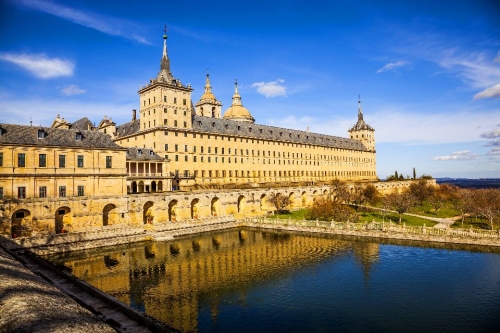
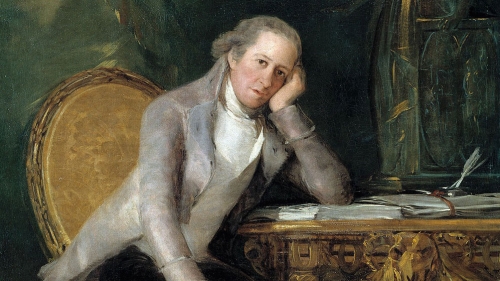
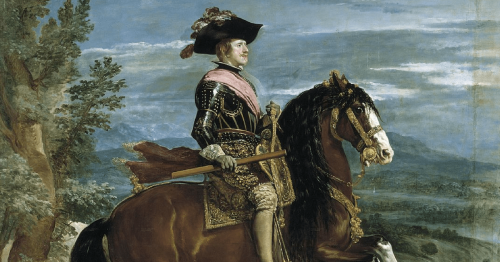
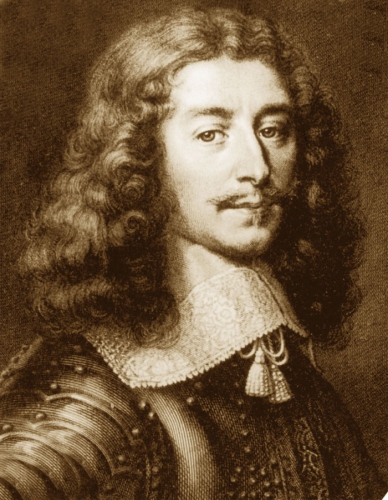
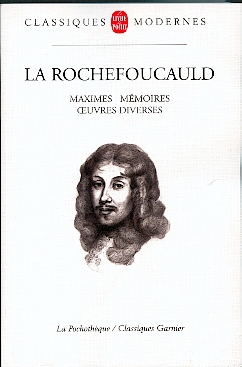 Gagnée par l’ivresse de cette hybris puritaine qui s’étend à des domaines politiques, esthétiques ou métaphysique où elle n’a que faire, cette morale débordante, cette griserie narcissique du Bien abstrait, envahit et subjugue les consciences et les entendements humains au point de les aveugler sur le beau et sur le vrai qui, par essence, ne sont jamais acquis mais toujours à conquérir et appartiennent tout autant aux réalités sensibles, au frémissement de l’immanence, qu’aux réalités intelligibles.
Gagnée par l’ivresse de cette hybris puritaine qui s’étend à des domaines politiques, esthétiques ou métaphysique où elle n’a que faire, cette morale débordante, cette griserie narcissique du Bien abstrait, envahit et subjugue les consciences et les entendements humains au point de les aveugler sur le beau et sur le vrai qui, par essence, ne sont jamais acquis mais toujours à conquérir et appartiennent tout autant aux réalités sensibles, au frémissement de l’immanence, qu’aux réalités intelligibles.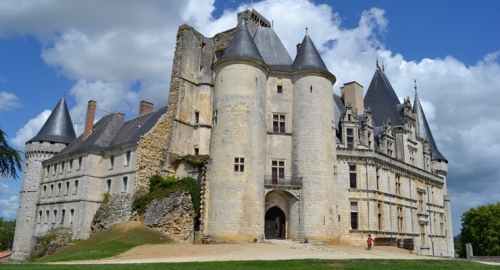
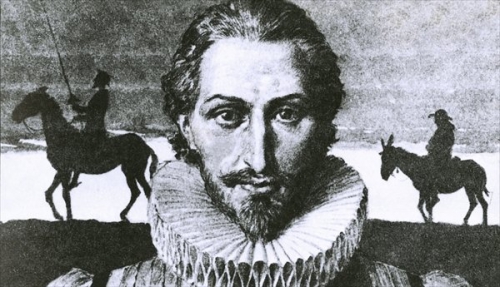
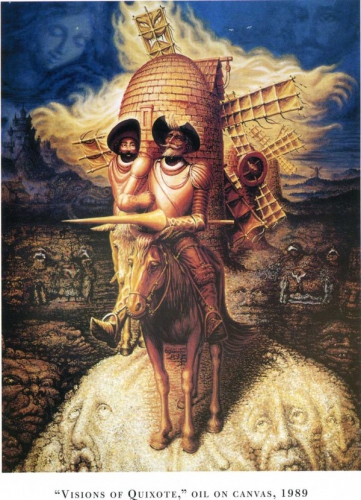
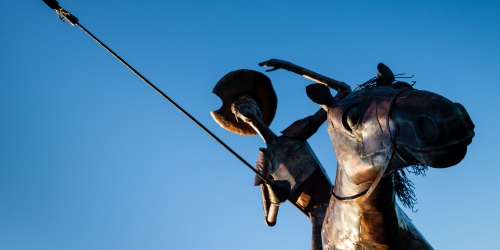

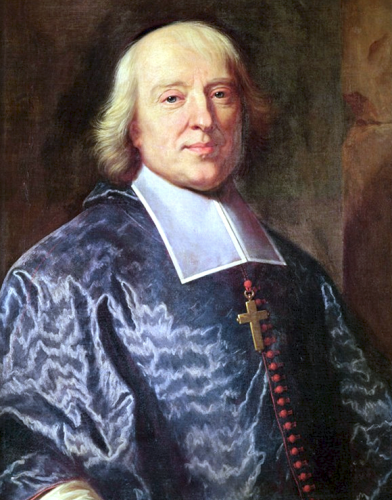


 Il vecchio storico inglese Thomas Carlyle insegnò con inclinazione romantica che l’eroismo ha molte facce, che quasi ogni aspetto della vita può essere interpretato come un momento in cui si può dispiegare una speciale attitudine verso l’ascesi di perfezione. Eroe è il Dio pagano che assomma su di sé tutte le qualità della stirpe, ma eroico può essere allo stesso modo lo spirito sacerdotale, ed eroi possono essere il profeta, il poeta, lo scrittore, il sovrano.
Il vecchio storico inglese Thomas Carlyle insegnò con inclinazione romantica che l’eroismo ha molte facce, che quasi ogni aspetto della vita può essere interpretato come un momento in cui si può dispiegare una speciale attitudine verso l’ascesi di perfezione. Eroe è il Dio pagano che assomma su di sé tutte le qualità della stirpe, ma eroico può essere allo stesso modo lo spirito sacerdotale, ed eroi possono essere il profeta, il poeta, lo scrittore, il sovrano.

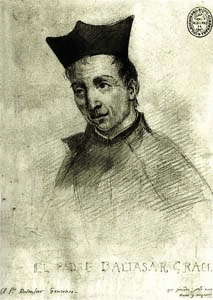 Écrit vers 1636 par un jésuite espagnol, Baltasar GRACIÁN, l’ouvrage « LE HÉROS » (1), petit opuscule de 104 pages, nous enseigne comment devenir un personnage hors du commun, non pas en trompant son entourage, contrairement à l’enseignement de MACHIAVEL, mais en combattant ses penchants.
Écrit vers 1636 par un jésuite espagnol, Baltasar GRACIÁN, l’ouvrage « LE HÉROS » (1), petit opuscule de 104 pages, nous enseigne comment devenir un personnage hors du commun, non pas en trompant son entourage, contrairement à l’enseignement de MACHIAVEL, mais en combattant ses penchants. 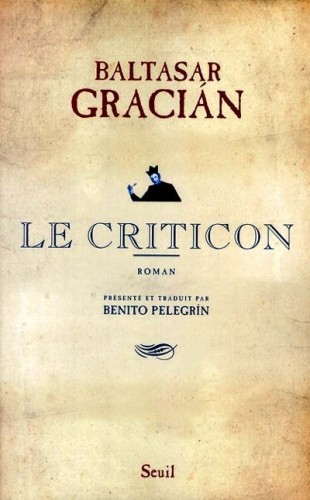 Dans sa préface, Catherine VASSEUR nous donne une clef pour comprendre la problématique de Baltasar GRACIÁN :
Dans sa préface, Catherine VASSEUR nous donne une clef pour comprendre la problématique de Baltasar GRACIÁN : 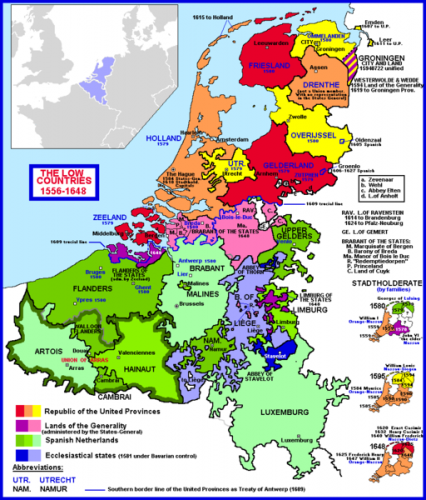 XVII° siècle: les Pays-Bas Royaux entre Cromwell et Mazarin
XVII° siècle: les Pays-Bas Royaux entre Cromwell et Mazarin